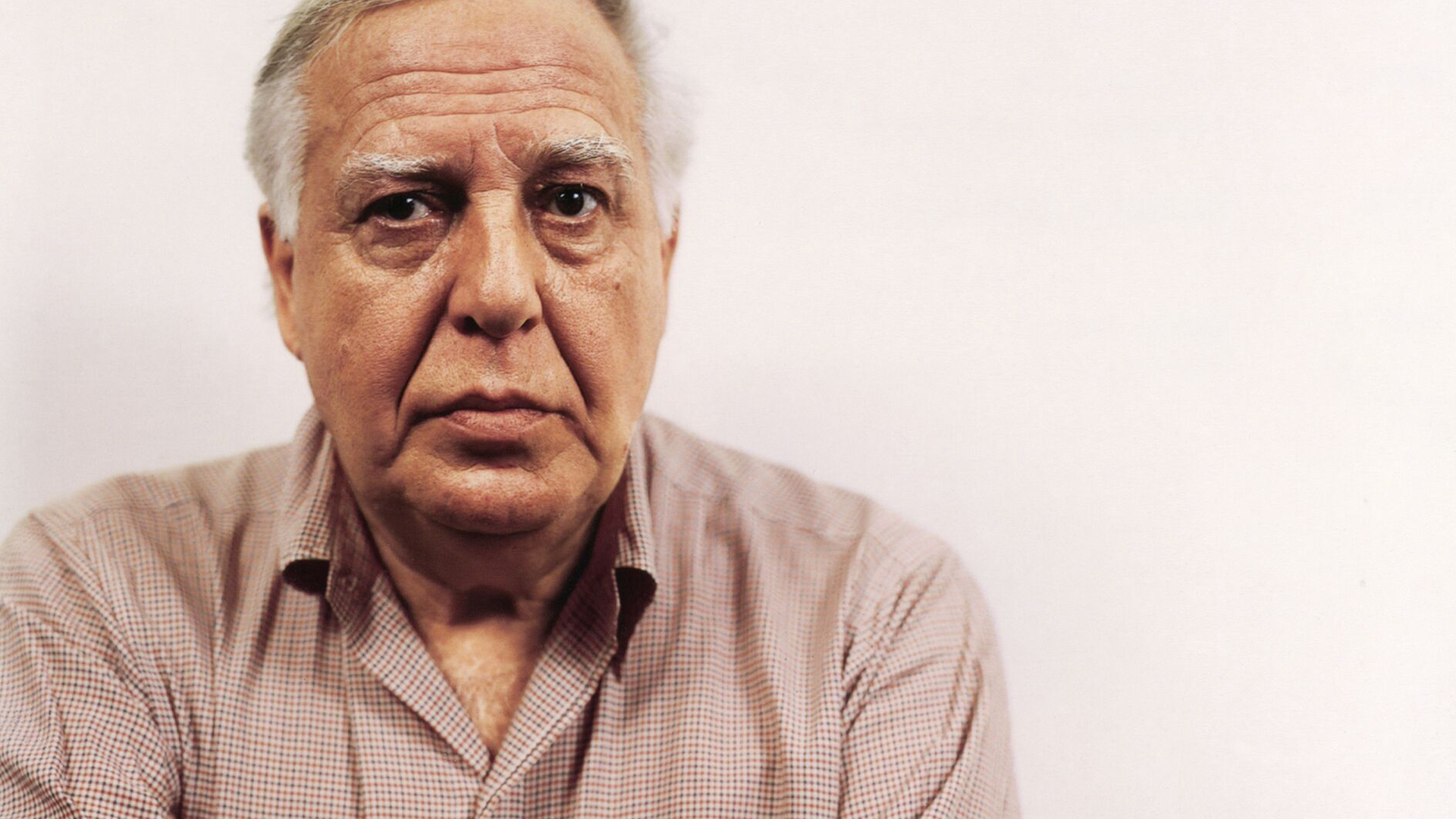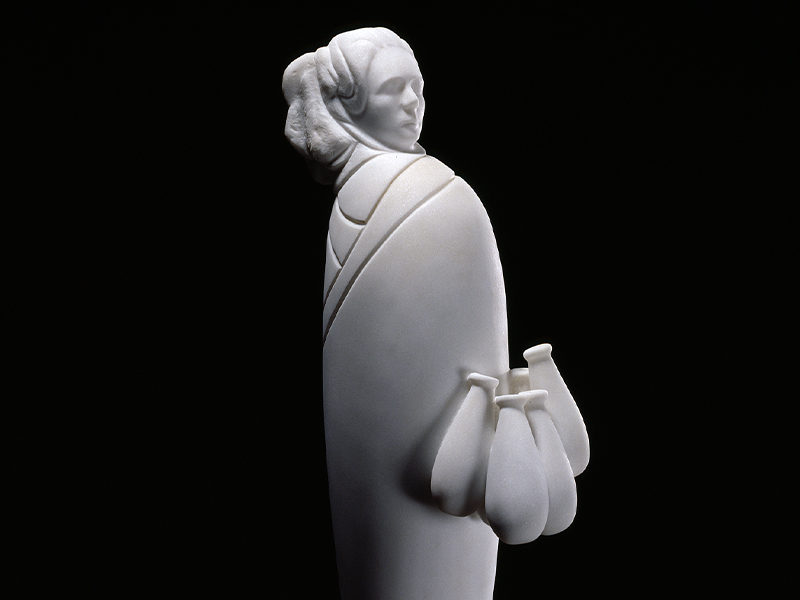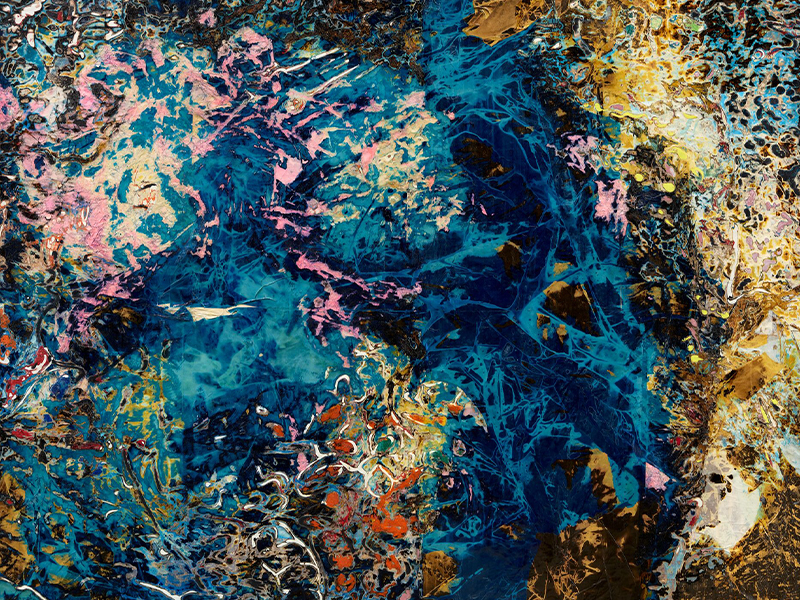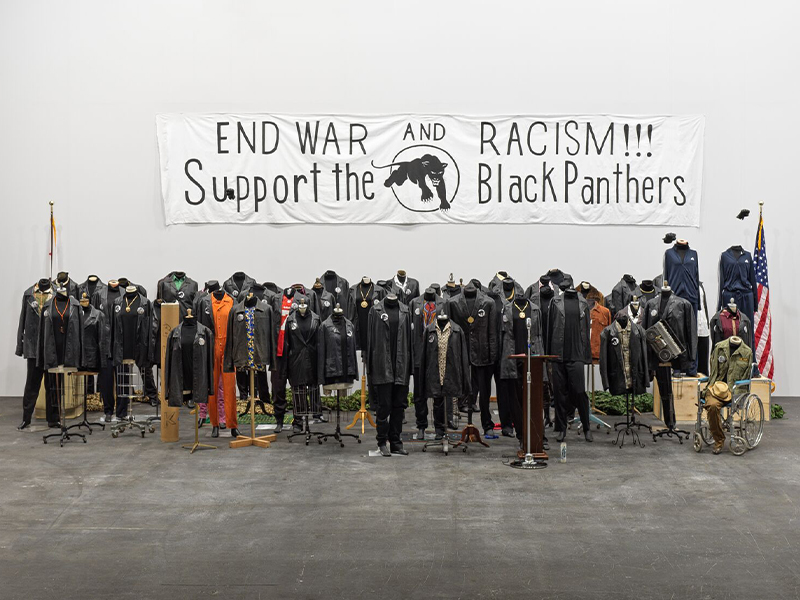1 / 5
Philip Guston
Orders
- 1978
- Oil on canvas
- 199.4 x 245.1 cm / 78 1/2 x 96 1/2 in 202.7 x 248.3 x 5 cm / 79 3/4 x 97 3/4 x 2 in (framed)
Philip Guston’s late work brims with a personal vocabulary, at once quotidian and idiosyncratic. In his extraordinary ‘Orders’ (1978), a cluster of shoes silhouetted against a pink and blue sky rises above a blood red horizon line. In 1970, after a prolonged absence from the art world, the artist debuted a new body of work at the Marlborough Gallery in New York, which abandoned the Abstract Expressionist style for which he was renowned in favor of a return to the figuration of his early practice. He would continue to paint these unsettling tableaux until his death in 1980. Guston’s last paintings distort everyday reality into something strange and complex. The forms the artist painted across ‘Orders’ are symbols of the broader historical and psychological trauma that reverberates throughout the artist’s late oeuvre.
The years between 1974 and 1979 were the most prolific of Guston’s entire career. ‘They don’t seem to be pictures anymore,’ he wrote, ‘but sort of confessions—exposures.’ [1] Overwhelmingly autobiographical and littered throughout with references to his turbulent inner world, his daughter Musa recalls of these paintings, ‘everywhere there were legs—feet and shoes and legs.’ [2] Images of legs and shoes proliferate Guston’s late work. Andrew Graham-Dixon observes, ‘Arms and legs, or just boots and shoes, are stacked in recriminatory piles in the darkening wasteland that becomes Guston’s favoured milieu. … These mute, pathetic objects [are] still lifes composed from dead lives.’ [3] Poignant examples from this important body of work can be found in many museum collections around the world, including the San Francisco Museum of Modern Art, the Metropolitan Museum of Art in New York, and the Art Institute of Chicago.
‘Singularities,’ an exhibition presenting well-known paintings alongside never-before exhibited works, all dated between 1968 and 1979, is on view until 7 September at Hauser & Wirth Zurich, Limmatstrasse.
‘They don’t seem to be pictures anymore, but sort of confessions—exposures.’
Philip Guston

About the artist
Philip Guston (1913 – 1980) is one of the great luminaries of twentieth-century art. His commitment to producing work from genuine emotion and lived experience ensures its enduring impact. Guston’s legendary career spanned a half century, from 1930 to 1980. His paintings—particularly the liberated and instinctual forms of his late work—continue to exert a powerful influence on younger generations of contemporary painters.
Photo: Steven Sloman, 1976







